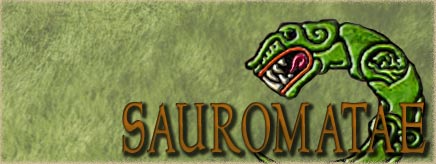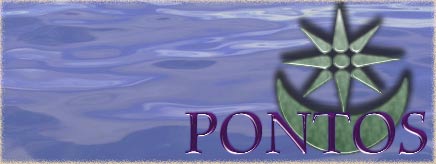How did the normal individual, let's say a trader or farmer, identify with the larger political organizations around them? Did the ancient world lean towards a more westphalian concept of nation state, or was it geared more towards a feudalistic loyalty to local nobility? A mixture of both?
For instance a farmer in the Pelopeneses, let's say from Athens, would consider himself as Athenian? or would he have more loyalty to his specific tribe? Certainly they wouldn't consider themselves "Koinon" or "Delian" when the leagues were around? We don't consider ourselves "Naftaean" or "North American", but Europeans do consider themselves "European" despite specific national identities. I understand regional 'allegiances' of sort, Bavarians, Prussians, Bostonians, etc. but the larger political context supercedes them.
How about in more tightly organized entities, like the SPQR? Was the concept of SPQR as a nation state a reality? Or was the landed aristocracy and nobles, or later Consuls, just seen as representatives of SPQR political influence, and those below them still clinging to local allegiances and political identities?
Knowing that most kingdoms were simply a family, I doubt there was a political awareness beyond their loyal satraps as being "Seleukid" or "Sakae" as i'd imagine the presence of the ruling family were only ever noticed on the coins printed and the clothes of the man who took them when collecting taxes.



 Reply With Quote
Reply With Quote









 " -alBernameg
" -alBernameg



 7x
7x 3x
3x

Bookmarks